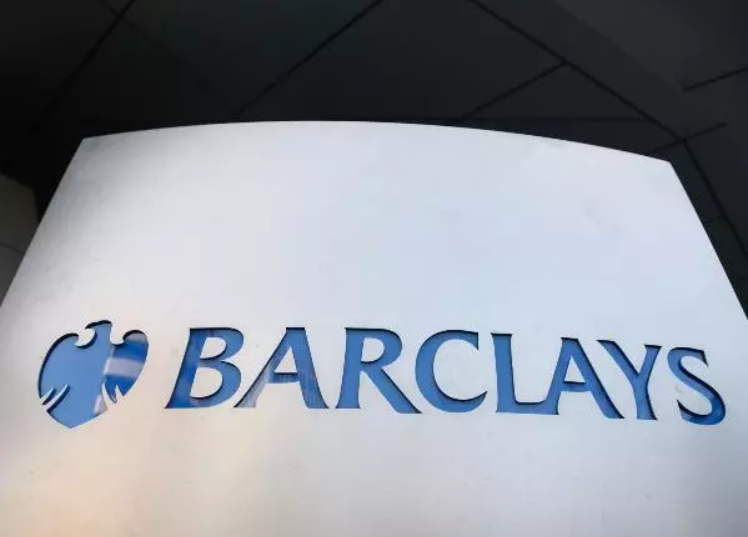
Barclays’ share price faced a challenging period in November, dropping from a monthly high of 200p to a low of 180p. The stock is now trading at 190p, slightly above its November low.
November was significant for Barclays as the company’s board removed CEO Jes Staley due to his connections with Jeffrey Epstein. C.S. Venkatakrishnan was appointed as the new CEO. Staley received an exit package of approximately £2.4 million, which sparked some investor protests.
Despite these events, Barclays’ recent financial results showed solid performance. In October, the bank reported group income exceeding £16.5 billion for the third quarter. Its cost-to-income ratio remained stable at around 64%, and profit before tax rose to over £6.9 billion. The bank also maintains a healthy CET1 capital ratio.
December is expected to be relatively quiet for Barclays and other London-based banks like Lloyds and NatWest, with no major corporate presentations scheduled. The company will release its next results in January. Until then, investors will focus on broader economic trends such as inflation, retail sales, and developments related to the Omicron variant.
On the daily chart, Barclays’ share price has been in an overall bullish trend for the past few months, although this momentum has recently slowed. The stock has moved toward the 50-day moving average, and while it remains at its highest level since April, the MACD indicator has dipped below neutral.
At this point, the outlook for Barclays’ share price is neutral, with a slight bullish bias. A bullish trend will be confirmed if the stock breaks above the key resistance level at 200p. However, if the price falls below 180p, this outlook will be invalidated.